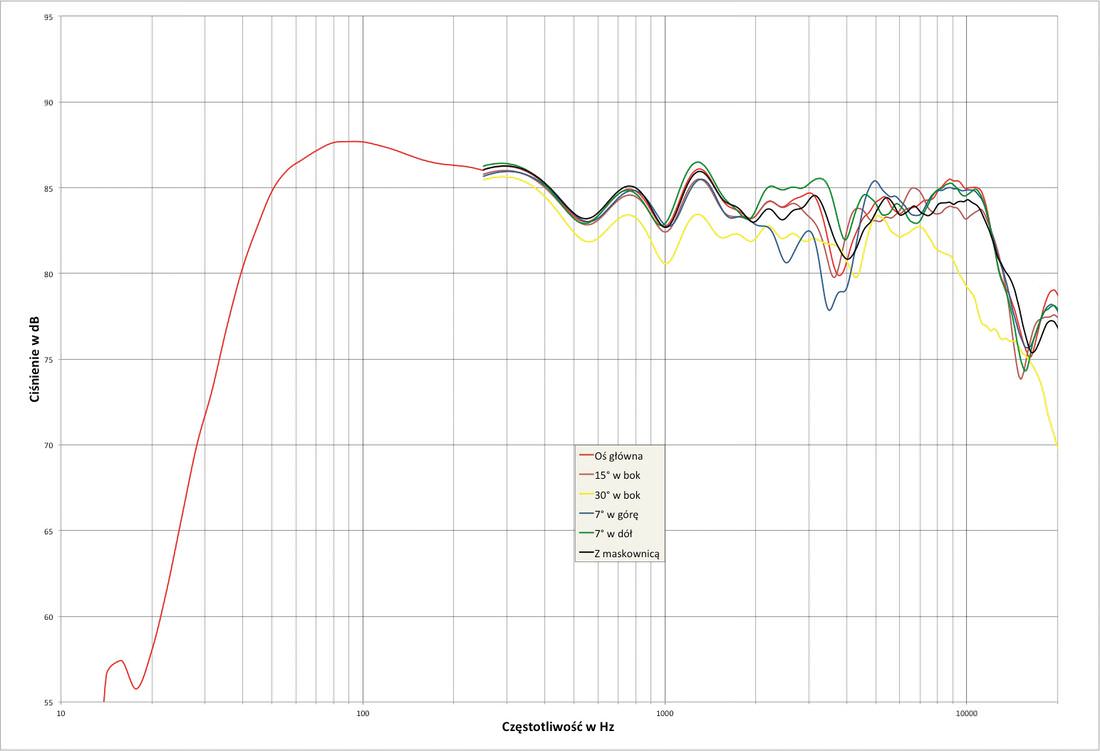You are using an out of date browser. It may not display this or other websites correctly.
You should upgrade or use an alternative browser.
You should upgrade or use an alternative browser.
Harbeth and Graham and Focal, oh my . . .
- Thread starter plimpington2
- Start date
tuga
Legal Alien
As I've said before, I'm not completely convinced; the Grahams sounded good, but against a Stirling LS3/6 I preferred the latter. Also, I still prefer the Compact 7 sized box to the LS5/9/M30.1; the LS5/9 sized speaker would need a sub.
The SB LS3/6 could do with a sub as well, if not for extension then at least to get rid of the puffing port...
I'm currently using a pair of Tannoy Eatons, so in terms of cabinet volume the size is not that different to something like a Compact 7. It would be fascinating to compare them to the Graham LS5/9. The Eatons would be closer to the Graham than something like the M30.1, with which they don't have much in common. I have been intending to start a thread in the Classic section detailing my developing impressions, but a lot of these would be in comparison to my history of Harbeths. The problem is I don't have a pair of Harbeths in the house for direct comparison, and even if I did they excel with different amps, so the comparison would be hard work. Nevertheless, I might be able to organise a direct comparison with some original C7s at some point in the near future. A guy at Graham did also offer me a home demo of their various models, but I can't afford them, so it would not be fair to take up his time at the moment.
I'd never heard of the Eatons before; I can't say why but I never consider Tannoys.
Elephantears
Trunkated Aesthete
The SB LS3/6 could do with a sub as well, if not for extension then at least to get rid of the puffing port...
That's a shame. Getting the port right is a tough one with BBC boxes. I had the Spendor SP2/3r2 on loan for a week a while back and I could always hear the port; it is really huge, so not too suprising. I was comparing them with a pair of C7ES2, which have a small port, and the difference was obvious. The C7ES3 had a slightly extended port and I think he got it about right that time, although I have still always had a series of peaks and troughs with Compact 7 bass response.
tuga
Legal Alien
That's a shame. Getting the port right is a tough one with BBC boxes. I had the Spendor SP2/3r2 on loan for a week a while back and I could always hear the port; it is really huge, so not too suprising. I was comparing them with a pair of C7ES2, which have a small port, and the difference was obvious. The C7ES3 had a slightly extended port and I think he got it about right that time, although I have still always had a series of peaks and troughs with Compact 7 bass response.
I think that the highish port tuning frequency of the LS3/6s may be affecting bowed double-basses and cellos negatively.
I've been meaning to try plugging the ports but haven't really felt brave enough to remove the grills...
The SB LS3/6 could do with a sub as well, if not for extension then at least to get rid of the puffing port...
What you really need is a large speaker with a large woofer (like the old SP100).
It's a pity that Derek Hughes only recreates historic designs these days.
tuga
Legal Alien
What you really need is a large speaker with a large woofer (like the old SP100).
It's a pity that Derek Hughes only recreates historic designs these days.
I had a pair of SP9/1s for almost a decade but was forced to sell them due to a move abroad.
I think that the LS3/6s are an improvement in all aspects except low frequency extension and perceived low- and sub-bass quality; the tympany don't have nowhere near the same impact and they probably don't play as loud either but my current room is half the size anyway...
tuga
Legal Alien
It's a pity that Derek Hughes only recreates historic designs these days.
Have you had a look at the Graham Audio VOTUs (Voice of the Universe)?
http://www.grahamaudio.co.uk/products/votu/
https://www.strictlystereo.com/shop-online/graham-audio-votu
Derek Hughes talks about the VOTU here:
http://theaudiophileman.com/graham-audio/
Fatmarley
"It appears my intelligence circuits have melted"
That's a shame. Getting the port right is a tough one with BBC boxes. I had the Spendor SP2/3r2 on loan for a week a while back and I could always hear the port; it is really huge, so not too suprising. I was comparing them with a pair of C7ES2, which have a small port, and the difference was obvious. The C7ES3 had a slightly extended port and I think he got it about right that time, although I have still always had a series of peaks and troughs with Compact 7 bass response.
All things being equal, a large port opening Is better than a small one. Port chuff Is caused by a small opening. Port resonances are cause by a longer port.
If the port Is tuned to a very low frequency, you may not get much air through the port, so the diameter could be smaller without causing chuffing.
The other thing to look out for Is midrange leakage, especially If the port Is located on the front baffle.
irb
pfm Member
I think that the highish port tuning frequency of the LS3/6s may be affecting bowed double-basses and cellos negatively.
I've been meaning to try plugging the ports but haven't really felt brave enough to remove the grills...
Plugging the ports has worked wonders on Harbeth M40s for me.


